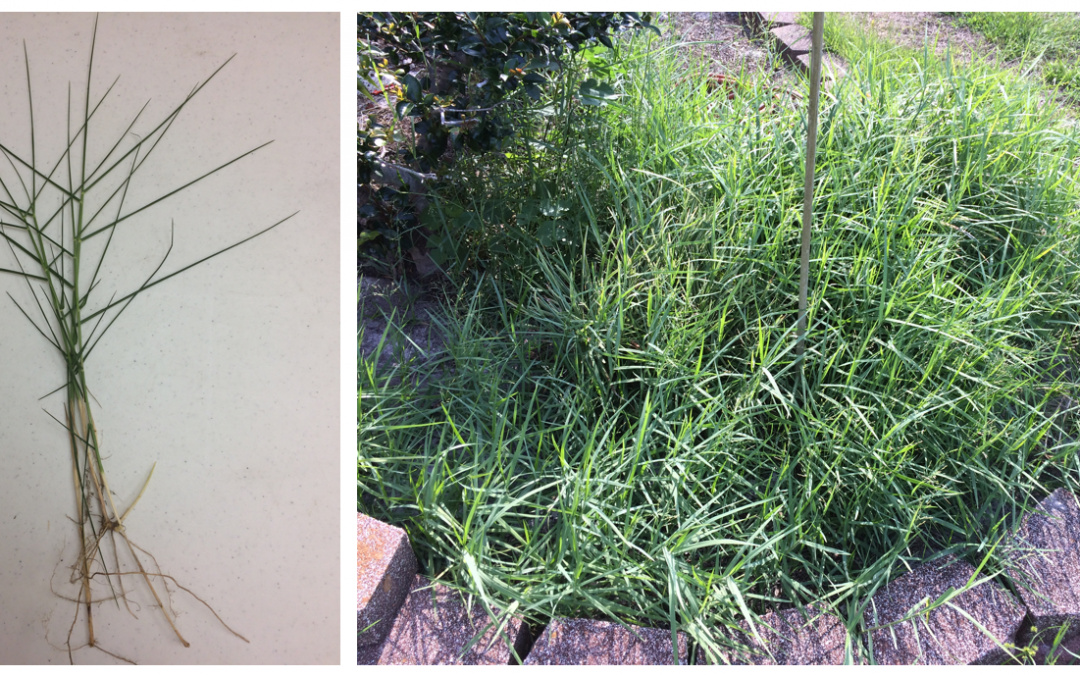
by Ray Bodrey | Aug 2, 2019
Tordpedograss (Panicum reopens) is one of the most concerning weeds in Florida, and has become a significant weed problem in the Panhandle. This weed’s favorite habitat is in or near ponds and ditches, but will spread across lawns, turf fields, and pastures. A native...
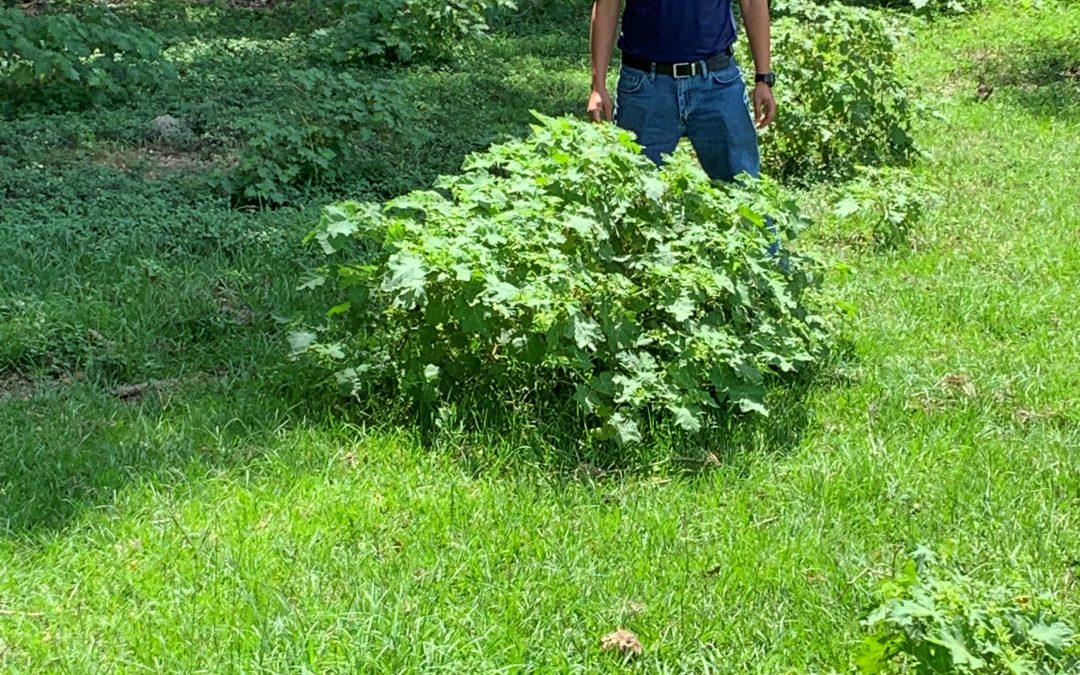
by John Doyle Atkins | Jun 28, 2019
In December 2018, I reported mature/fruiting Tropical Soda Apple (TSA) in Northern Santa Rosa County. For the first time, however, I have documented this invasive species surviving a Santa Rosa County winter. Geographically, the prevalence of this weed has been...
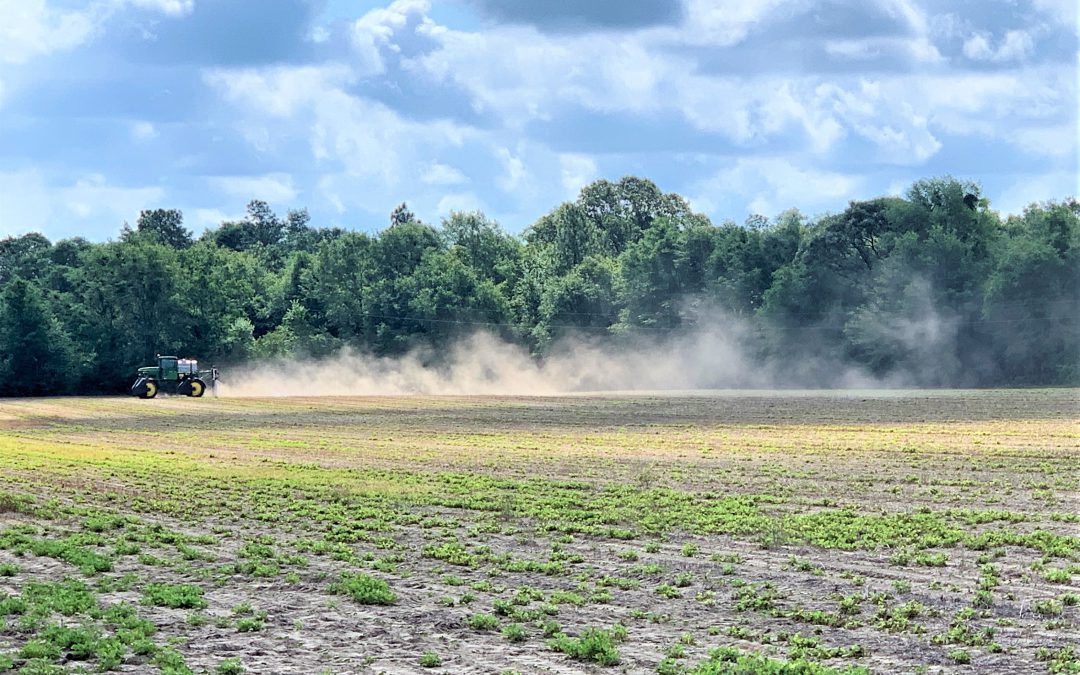
by Pratap Devkota | Jun 17, 2019
For the past several weeks, the Florida Panhandle has experienced hot and dry weather conditions. Unfortunately, these environmental conditions coincided with most of the pre-emergence (PRE) and early post-emergence (EPOST) herbicide applications. So, what could...
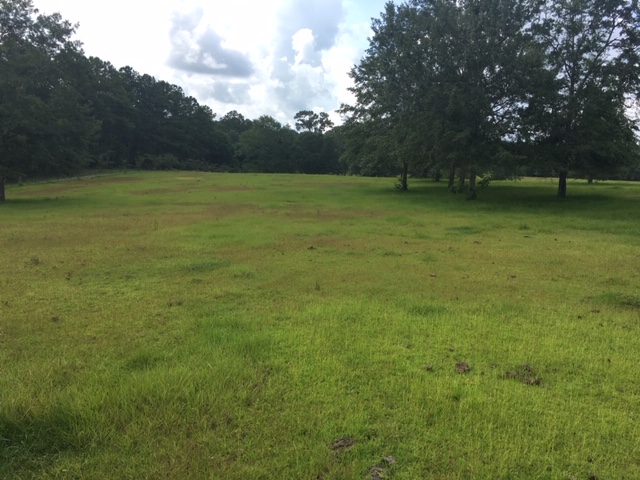
by Shep Eubanks | Apr 26, 2019
Encroachment of centipede grass even to the point of taking over a field of once vigorous bahiagrass or bermudagrass is an all too common occurrence. Each year extension agents receive calls to look at and help landowners rectify a situation similar to the one in the...
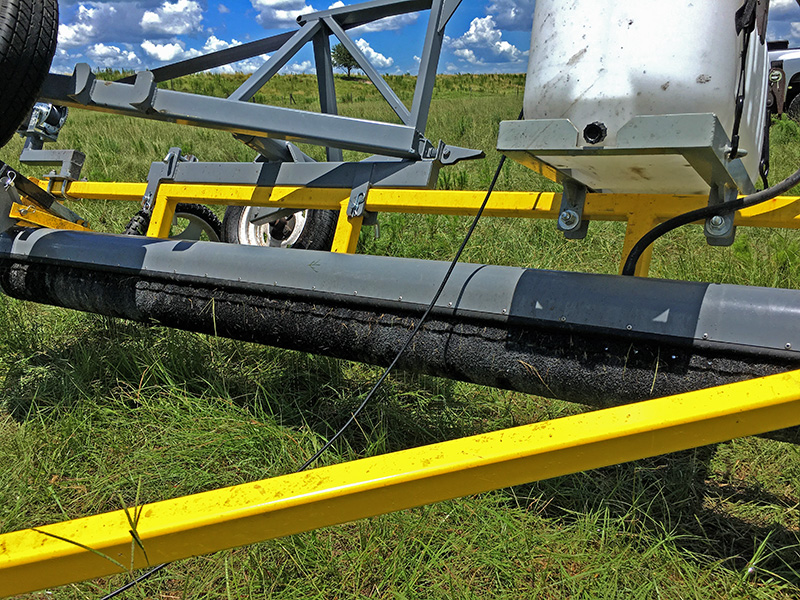
by bsellers | Apr 12, 2019
Brent Sellers, UF/IFAS Weed Specialist Around 1978 rope-wick applicators first began to be used, and soon became a widely adopted method for selectively applying glyphosate, especially in row crops. Many variations of the basic rope-wick concept were later...
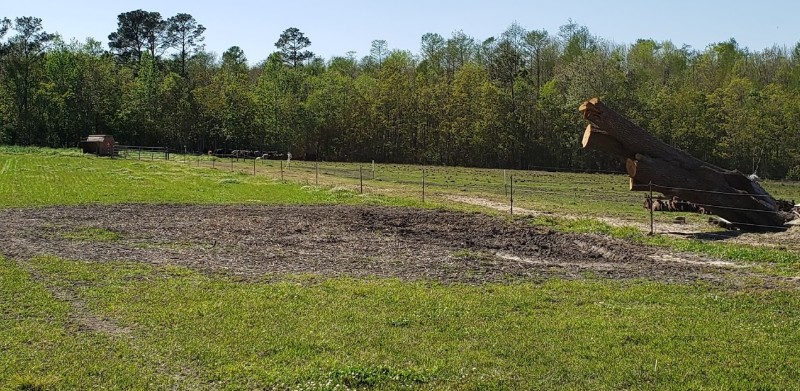
by Mark Mauldin | Mar 29, 2019
Almost six months post Hurricane Michael, ranchers throughout the impacted areas are still feeling the effects of the storm. While many immediate issues caused by the storm have been addressed, the Thanks-to-Michael to-do list continues to grow as the seasons change....







